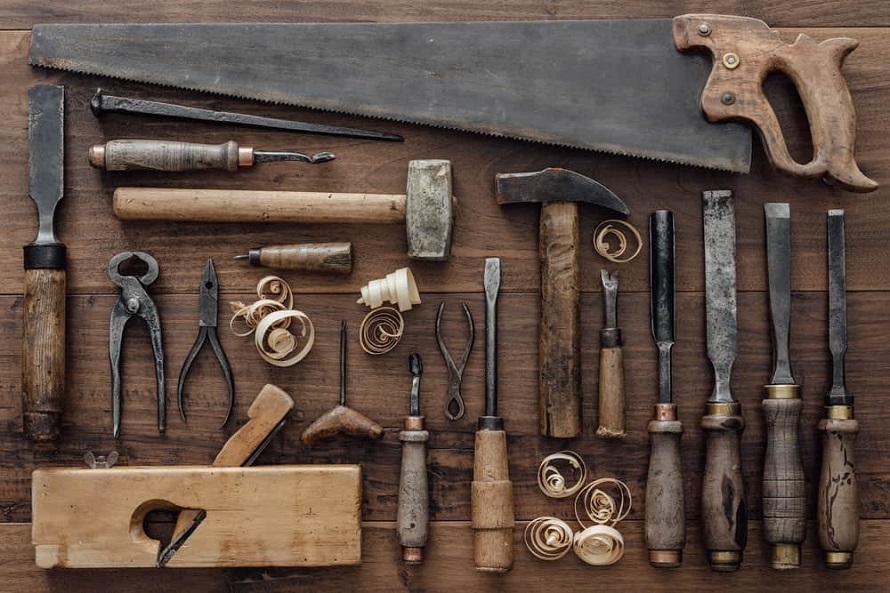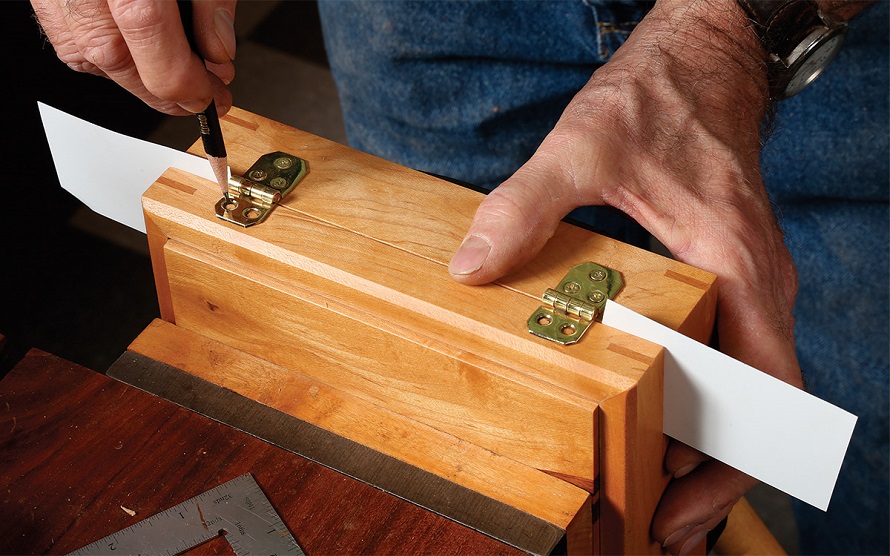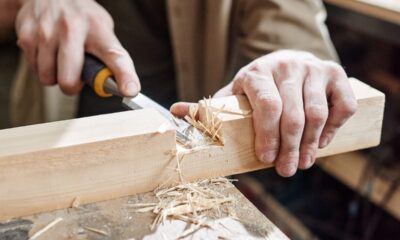Industry
Essential Woodworking Tools and Supplies for Beginner DIY Projects
If you’re considering starting your first woodworking project, and are wondering what all the different supplies and tools you’ll need are, then you’ve come to the right place. In this post, I’ll be going over all of the essential tools and supplies you’ll need for your first project.
I’m not going to tell you which type of project is best for your first try, because everyone has different tastes and abilities. Instead, I’ll go through all of the general categories of materials that are necessary for any woodworking project, as well as some tips on how to choose the right one for you.
Tools and Supplies

The first thing you’ll need for any woodworking project is tools. Some people like to buy their tools one by one as they become available, while others prefer to have a complete set from the start. It really depends on your budget and how serious you are about this hobby. For example, if you only plan to do small projects every now and then, it probably doesn’t make sense to invest in an expensive table saw right off the bat.
On the other hand, if you’re determined to get serious about woodworking and start building everything from cabinets and furniture to outdoor structures like sheds and garages, then buying a complete set of high-quality tools may be wise.
Woods
When most people think about starting their first woodworking project, they automatically think about the project itself. But the truth is, it’s not just what you make that matters-it’s also what kind of wood you use. Some woods are easy to work with and others are difficult. The type of wood you choose should be a huge factor in deciding which project to start with. Here are some tips for choosing the right wood:
- Look at your tools – If you already have an idea of what tools you’ll be using, then choose tools that are easy to work with using those tools. If you’re just starting out, then this isn’t as important.
- Look at the size of your project – If you want to make something big and bulky, like a dining room table or couch, then choose a wood that is strong enough to be used for these types of projects.
- Look at your budget – Most people think that expensive woods are best for certain projects, but this isn’t always true.
Hinges

Once you’ve figured out the type of wood you want to use for your project, it’s time to start looking at hinges. There are several different types of hinges you can use, such as box hinges, cabinet hinges, butt hinges and spring-loaded hinges. Each one has its own benefits and uses. Here are some tips for choosing the right hinge:
- Look at how much weight your door will be carrying – if it’s a small door that doesn’t need to open very wide, then a standard spring-loaded hinge works great. If you’re building a big cabinet, then you’ll need to look at the weight rating on your hinges so they can hold all that weight without breaking or bending out of shape.
- Consider the style of door you want – if it’s an old-fashioned wood and glass display case, then a box hinge will be perfect because it won’t take away from the design of the door itself.
Screws
Once you’ve chosen your wood and figured out the best type of hinge for your project, it’s time to start looking at screws. There are several different types of screws that can be used in woodworking projects, but each one has its own benefits and uses. Here are some tips for choosing the right screw:
- Look a the material that you’re working with – if your project is made out of wood, then a wood screw will work best. If it’s metal or plastic, then using an appropriate type of fastener is important to prevent cracking and damage to the material itself.
- Consider how much weight your product will be carrying – if it’s a light structure like a picture frame or table, then a small head size works well because it doesn’t take up too much space in the hole. But f you’re working with a heavy piece of wood, then you want to use a large head size so that it can hold the screws in place without bending out of shape.
- Think about how much space you have – if you’re working with very little room, then a self-tapping screw works well because it doesn’t need any extra room for the head or shaft and can be used in tight spaces like between two pieces of wood.
Finishes

Once you’ve figured out the right type of wood, screws and hinges for your project, it’s time to start looking at finishes. There are several different types of finishes that can be used in woodworking projects, but each one has its own benefits and uses. You can generally choose between oils and waxes, stains, and varnishes. Here are some tips for choosing the right finish:
- Think about how much time you want to spend on your project – if it’s something that will take a lot of work, then using oils or waxes is best because they penetrate into the wood and don’t need to be constantly reapplied. But if you don’t mind spending just a little bit of extra time on your project, then a clear coat is better because it won’t yellow over time and requires less maintenance.
- Consider the type of wood you’re using – if you have light-coloured wood, then stains are great because they can be used to create different colours on your project without having to apply multiple coats of paint or varnish.












